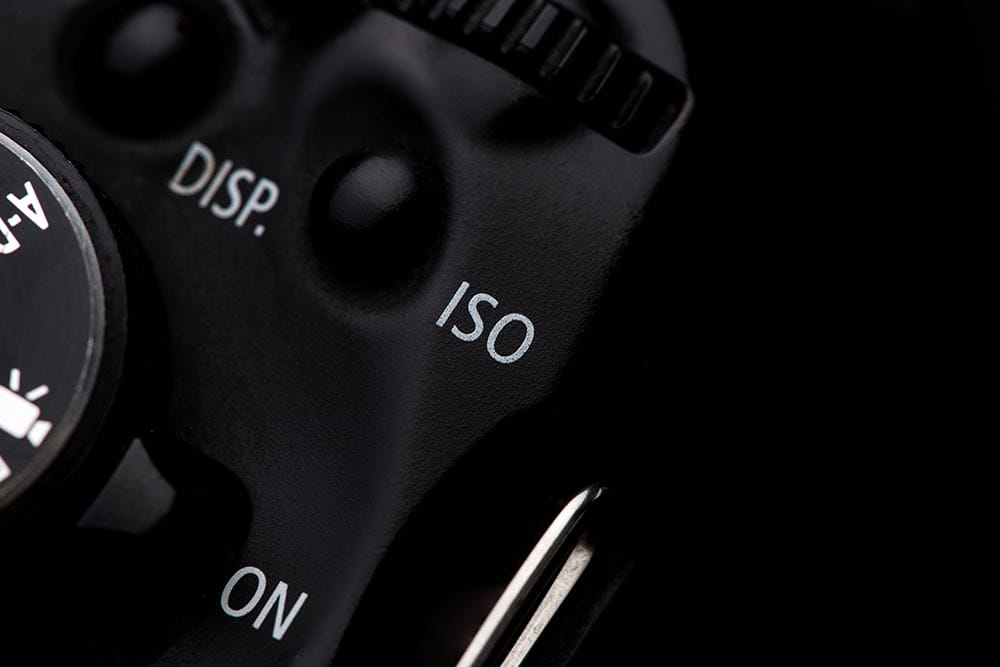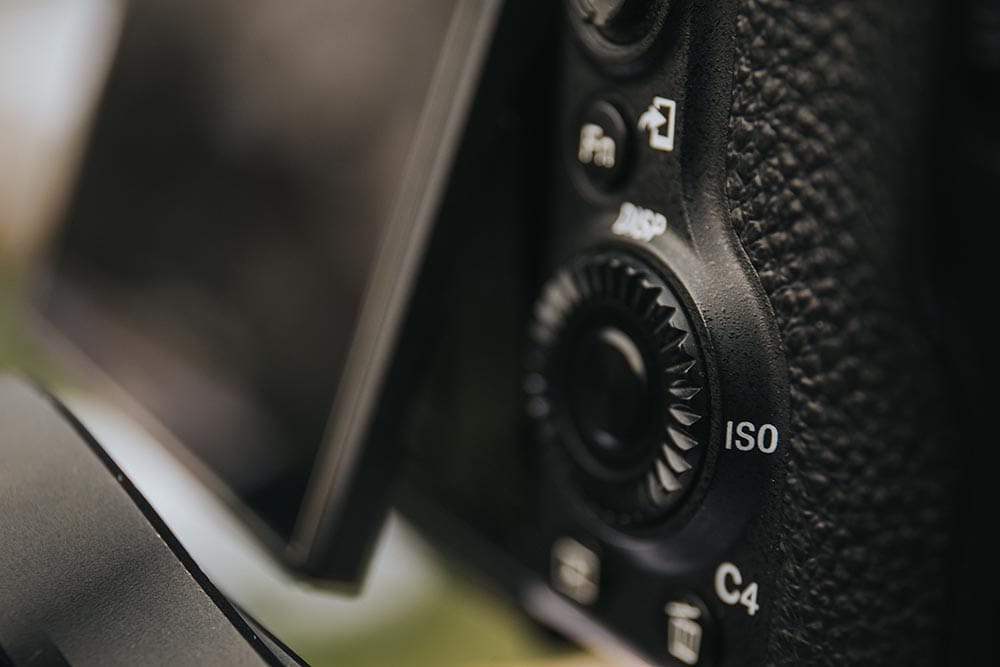
Hey there, budding photographers! Are you ready to take your photography skills to the next level? Well, look no further because we’re about to explore the fascinating world of ISO and its impact on your photos.
ISO might sound like some complex jargon, but fear not, I’m here to break it down for you in a language that’s easy to understand!
So, let’s kick things off by understanding the meaning of ISO. ISO stands for “International Organisation for Standardisation.” (yes I agree, that’s IOS as an acronym, but let’s not go there – some things in photography just don’t make sense).
Now, don’t let the name intimidate you – it doesn’t have much to do with photography itself! When it comes to photography, ISO refers to the sensitivity of your camera’s image sensor to light.
The IOS plays an important role by providing common standards among different countries to create a global consistency, instead of having conversation rates to figure out. This means that (in theory) ISO 100 gives the same level of sensitivity across all camera brands – but this can vary by up to a full EV stop in some research.

Imagine your camera’s sensor as a little sponge that soaks up light to create an image. The ISO setting determines how sensitive that sponge (sensor) is to light.
When you increase the ISO number, your camera becomes more sensitive to light, and vice versa. Just in the same way as aperture and shutter speed, by changing the ISO setting you can brighten and darken your photo.
ISO works on a scale, from low to high levels. Most cameras start their ISO levels at 100 (but some can drop down to 50) and go up to over 3 million (Nikon D6 Extended ISO) in high end full-frame cameras.

So as I’ve said, ISO plays a significant role in controlling the brightness of your photos. For instance, when you’re shooting in low-light situations like indoors or at dusk, a higher ISO comes to the rescue by making the sensor more sensitive to light.
While raising the ISO when shooting in dim conditions brightens up your shot it also helps you avoid blurry images that might result from using slower shutter speeds.

But high ISO levels don’t come without a trade-off. Higher ISO settings (which vary in every camera) introduce something called “digital noise” to your photos, which can make them look grainy and less sharp.
So, finding the right balance between a bright image and preserving quality becomes crucial. In well-lit environments, sticking to a lower ISO can ensure your pictures are crisp and clear.
But what is classed as a ‘high’ ISO level? A ‘high’ ISO level in older, entry level digital cameras might be around 1600 ISO. But as sensor technology has improved over the years, this base level of what is called ‘high’ has raised to around 6400 nowadays. This means newer cameras are better equipped to handle digital noise when using traditionally higher ISO settings.

ISO and shutter speed are like two peas in a pod. When you adjust the ISO in Program mode (P on a camera dial), it directly impacts how fast or slow your camera’s shutter needs to be to maintain a balanced exposure. For instance, higher ISOs call for faster shutter speeds, while lower ISOs often require slower shutter speeds.
They counterbalance each other. For example, if you are shooting an action photo and need a fast shutter speed to freeze the motion you might need to raise the ISO level to get the correct exposure.
The purpose of ISO also plays a part in the dynamic relationship between aperture and shutter speed. When you increase the ISO, you might need to reduce the aperture (higher f/stop number) size to allow less light into your camera, creating a harmonious exposure triangle.

Now that you’ve grasped the meaning of ISO and its importance let’s delve into some handy tips to make the most out of this setting:

While ISO has its weaknesses when it comes to working in low light, this can be remedied somewhat with denoise photo editing technology. This makes any worries about using high ISO levels and reducing image quality redundant.
You’ve now unlocked the secrets of ISO and its impact on your photos. Remember, ISO is just one piece of the puzzle in the fascinating world of photography.
As you embark on your photographic journey, don’t be afraid to experiment and push your camera’s limits. Embrace the power of ISO, and you’ll witness your images transforming into breathtaking works of art, capturing the magic of light in every frame!
Find everything you need to know in this guide to polarizer lens filters for photography. How do they work and which is the best to buy?
Discover TOP features in the Lightroom CC mobile app with this guide for enhancing your photo editing skills. For desktop and tablet too.
Shooting sunsets using amazing 5-in-1 magnetic lens filters from Kentfaith, the 1st choice for photo & video products.
Learn the basics of photography – fast – with our FREE 60-Second Photographer online course. Each class is short and sharp with simple, actionable steps that give you immediate results.
x 30 lessons

© iPhotography™
Become a confident and competent photographer in less than 30 minutes!
Before you leave, make sure you’ve secured your FREE online photography course (worth £29.99)
Each class is just 60-seconds or less making it the fastest and easiest way to learn photography!